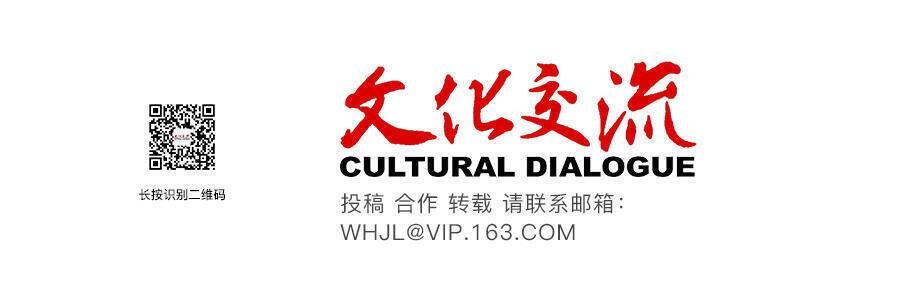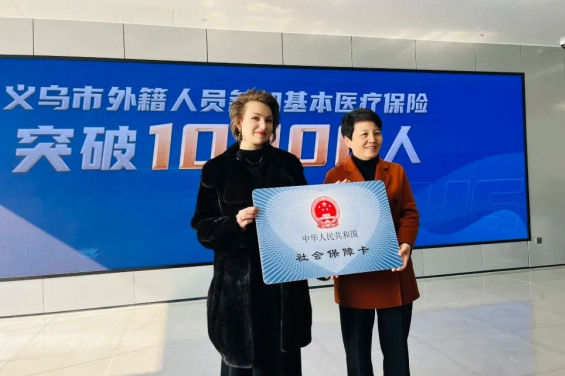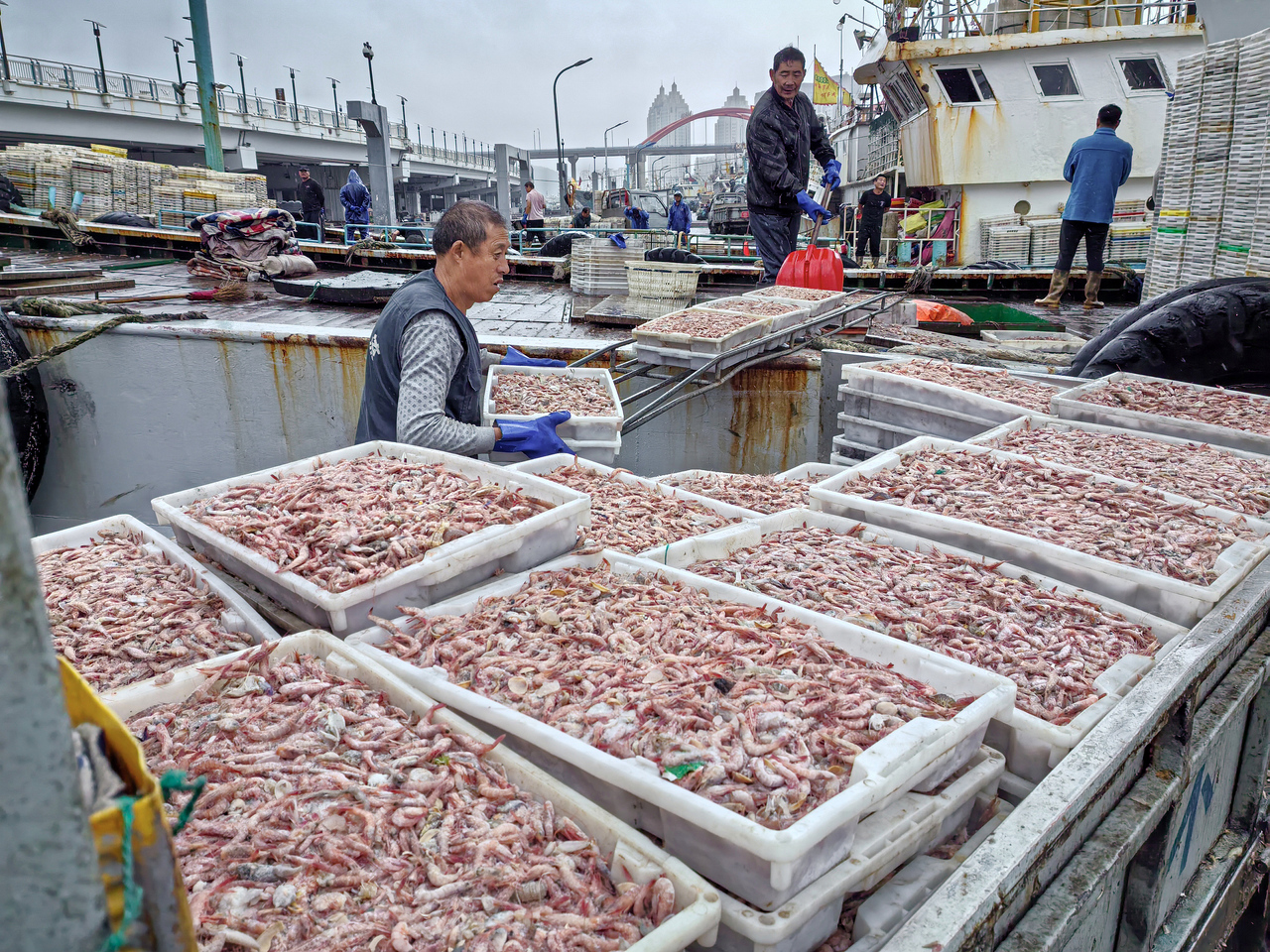从茫茫沙漠到南海碧波,从沿海港口到亚、非、欧等众多国家和地区,随处都可见龙泉窑瓷器那动人心弦的一抹青翠。龙泉青瓷是中国的,也是世界的。
千呼万唤,孟冬时节,久居海内外的龙泉青瓷回到故乡浙江,演绎“天下龙泉”的千年风采。
目前在浙江省博物馆举行的“天下龙泉——龙泉青瓷与全球化”特展,展出了全球42家文博机构的513件文物,展品涵盖亚、非、欧各洲,是史上展出龙泉窑精品数量最多、覆盖地域最广、规模空前的一次大展。这也是浙江省博物馆与故宫博物院的专家同仁近10年来研究成果的一次集中展示。
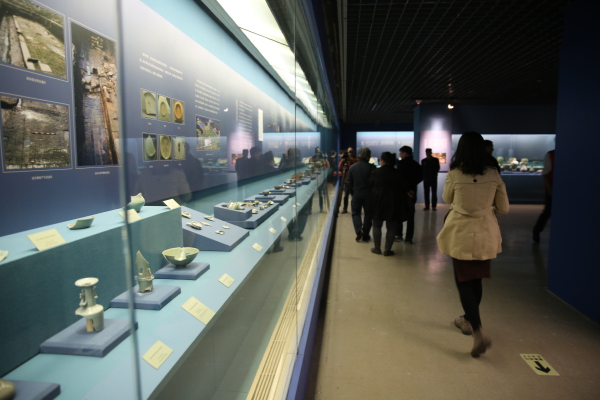
展览现场
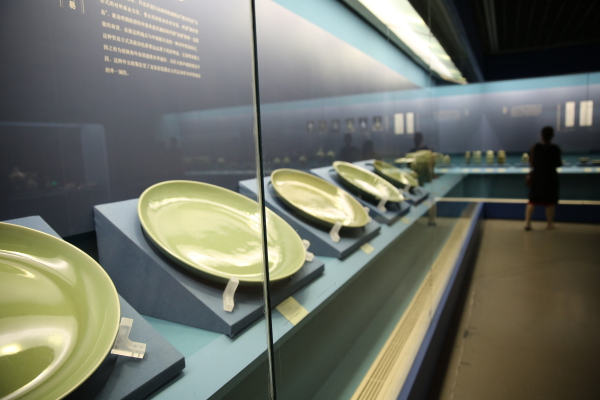
展厅一隅
珍品马蝗绊“回家”展出
此前“天下龙泉——龙泉青瓷与全球化”特展已在故宫博物院展出3个月,吸引了众多海内外观众。如今回到青瓷的故乡浙江展出,更有着非凡的意义。
为体现地缘性,此次展览特别增加了从“源”到“流”的追溯内容。同时,还增设了当代龙泉青瓷大师创作的作品展,展出78件当代龙泉青瓷作品,创作者既有国家级非遗传承人,也有后起之秀,体现了龙泉青瓷工艺的传承与发展。展览将截至2020年2月16日。
龙泉是青瓷的故乡,在很长的一段时间里,龙泉青瓷以如翠似玉的精美釉色和端庄典雅的经典造型,影响了东西方人的生活方式和审美取向。12~15世纪的数百年间,龙泉青瓷沿着浩渺的海上丝绸之路,行销到了亚、非、欧等众多的国家和地区,同时也把先进的制瓷技术传播到各地,引领了当时世界陶瓷的时尚,也引导了世界不同地区陶瓷生产的走向。作为国家强盛与文化繁荣的中国符号,龙泉青瓷跨越海洋,开启了她的全球化时代,促进了中国和世界文明之间的交流与融会。
此次展览中,众多来自英国、日本、韩国、伊朗、阿联酋、印度等国国家博物馆的龙泉青瓷瑰宝漂洋过海回到故乡。其中,最为瞩目的当属来自东京国立博物馆的“马蝗绊”。它是一件南宋龙泉窑青釉花口碗,日本指定的重要文化财。
相传明代早期,日本使臣曾奉将军之命携带一枚开裂的南宋龙泉青瓷碗来到中国,因为将军太过钟爱,请求明廷再赐一枚同样的碗,但是从南宋到明初龙泉青瓷的风格已经发生了很大的变化,不管是明朝君臣还是来华使臣都无法搜罗到同样的龙泉青瓷碗,所以只能请人锔补后再带回日本。没想到锔补后碗的青釉和锔钉形成了完美的搭配,被日本称为“马蝗绊”,一时名重天下并传承至今。
来自国内博物馆的展品同样国宝云集,其中就有浙江省博物馆“十大镇馆之宝”之一的元代龙泉窑舟形砚滴。砚滴造型独一无二,做工考究,代表了龙泉青瓷在鼎盛时期的制瓷技艺的巅峰水平,曾荣登新中国建立后第一本关于龙泉青瓷的专业性图录《龙泉青瓷》的封面。
1998年,我国邮政部门曾发行了一套《龙泉窑瓷器》特种邮票,全套4枚,选择了4件不同历史时期具有代表性的龙泉窑瓷器,分别是:北宋的五管瓶,南宋的凤耳瓶,元代的葫芦瓶,明代的刻花三果执壶。在本次展览中大家也可以一睹这几件明星器物的风采。
遥望千年发展历史
龙泉青瓷是后起且不断演进的概念,指宋元明时期以浙江龙泉县大窑及周边地区为中心烧造的青瓷,或同一个时期其他窑场烧造的风格近同的青瓷器。
五代、北宋早期龙泉窑场的产品,有浓重的越窑、婺州窑、瓯窑的风格。釉色多呈淡青色,故被称作“淡青釉瓷”。北宋中期或更晚,龙泉窑青瓷釉色青绿,常被称作“翠青釉瓷”。受北方耀州窑及定窑系刻花、划花和印花工艺影响,龙泉地区的窑场开始烧造单面刻花、双面刻划花和刻划花加篦点纹的瓷器,逐渐形成自己的独特风格,并由此从越窑系中区分开来。
南宋时期,南方经济飞速发展,商业和手工业更加繁荣。同时,南宋政府鼓励开展对外贸易,以靠近京畿之地的龙泉为代表的南方制瓷业迎来了前所未有的发展机遇。此时的龙泉窑制瓷技术上承越窑工艺,融会汝窑风格,追慕南宋官窑之精雅,可谓是汇四方之菁华,集大成而臻完美。元朝统一,疆土辽阔,为龙泉青瓷在中国北方市场流行提供了机遇,龙泉窑生产规模扩大,涌现出许多新的窑场,并以烧造大件器物为特色,显示出高超的制瓷技术。此时的龙泉窑场不仅受命烧造祭礼用瓷,其产品还是元朝宫廷及各汗国宫廷日常用瓷的重要组成部分。
明代中期朝廷的海禁政策致使海外贸易被迫中断,龙泉窑的瓷业生产也因此遭遇了前所未有的重创。至明末清初,龙泉境内只有寥寥的几家窑还在生产,但质差量少,再难恢复往昔的荣耀与辉煌。
新中国成立初期,百废待举。1957年,周恩来总理在全国轻工厅长会议上明确指出,“要恢复祖国历史名窑,首先要恢复龙泉窑和汝窑青瓷生产。”时代的召唤点燃了不灭的窑火,龙泉青瓷在历史的时间轴上再次找到自己的坐标。
从龙泉一路走进宫廷
在龙泉窑发韧、发展、鼎盛直至走向式微的近千年历史中,从技术的传承、风格的形成以及产品的流向等都与历代朝廷有着密不可分的关联。自宋代进入皇家视野之后,龙泉窑一直是宫廷用瓷和国家祭礼用瓷最主要供应地之一。
古瓷尚青,深沉、优雅、含蓄的青瓷传承了中国传统美学,凝聚着文人士大夫的审美标准。受到儒、释、道等传统哲学思想和审美情趣的影响,赵宋时代君臣、贵族和文人士大夫阶层所追求的风雅精致在青瓷工艺上体现得淋漓尽致。纵观宋代历朝帝王,几乎都嗜好艺术,倡言“复古”“尚礼”之风,几乎贯穿了整个宋代的文化艺术领域。匠心独具的龙泉窑青瓷精品,成为中国制瓷技术成就与宋代美学理念的集中体现。
元代龙泉窑和宫廷、官府的联系更加密切。对元大都、喀拉和林和阿力麻里的考古发掘表明,从帝国的都城到汗国王廷均大量使用龙泉青瓷。据《元史》记载,至治初年,朝廷曾诏令在江浙行省烧造瓷器。
明代则是龙泉窑生产史上与宫廷关系最密切的时期,在故宫博物院旧藏的龙泉青瓷中,以明代的数量为最多,成为皇宫用瓷的重要来源。据《大明会典》记载,从洪武二十六年(1393年)起,龙泉窑已经开始承担烧造御用瓷器任务,一直至天顺八年(1464年),均派太监前往龙泉县监督烧造事务。到了成化时期,龙泉窑才停止为宫廷烧造瓷器。
引领全球制瓷风尚
在中国对外贸易中,龙泉青瓷扮演着不可或缺的角色。宋元以来海外贸易已然成为国家要政,龙泉是瓯江、闽江、钱塘江的三江源头,溪流密布,四通八达。龙泉窑青瓷藉此通过宁波、温州、泉州等港口,经海上丝绸之路源源不断地输往世界各地;由陆上丝绸之路一直传到了亚欧大陆。
其中,中国与东亚诸国因地缘相近、文脉相通,一直以来交往频繁,在此发现的龙泉青瓷遗存也位居世界各地之首。日本、朝鲜半岛与中国同属儒家文化圈,相近的生活习俗和文化审美,使之成为龙泉青瓷最大的消费市场。
在元明时期的中外交流史料中,如《岛夷志略》《星槎胜览》《西洋番国志》《瀛涯胜览》《明史》等,均有中国瓷器销往西亚与南亚地区的记载。此外,在欧洲、非洲等地区均发现了数量惊人的龙泉窑青瓷。
正是在这种广泛认同的基础上,龙泉青瓷也开始从单纯的商品输出转向更深层的文化与技术层面的输出。龙泉青瓷以其技艺精湛、釉色绝伦、造型经典引领着世界陶瓷的科技进步、艺术创作和文化审美,带动了多个国家和地区的瓷业发展。中国南方地区的一些窑场在市场的带动下,纷纷对龙泉窑青瓷进行模仿。越南、泰国、缅甸、伊朗、埃及、叙利亚、土耳其、日本、英国等国的窑场,则以当地的技术与中国龙泉青瓷生产技术的交融、互鉴,完成了仿龙泉青瓷的生产,实现了从产品到文化的交流,形成了世界范围内影响广泛的早期全球化进程。
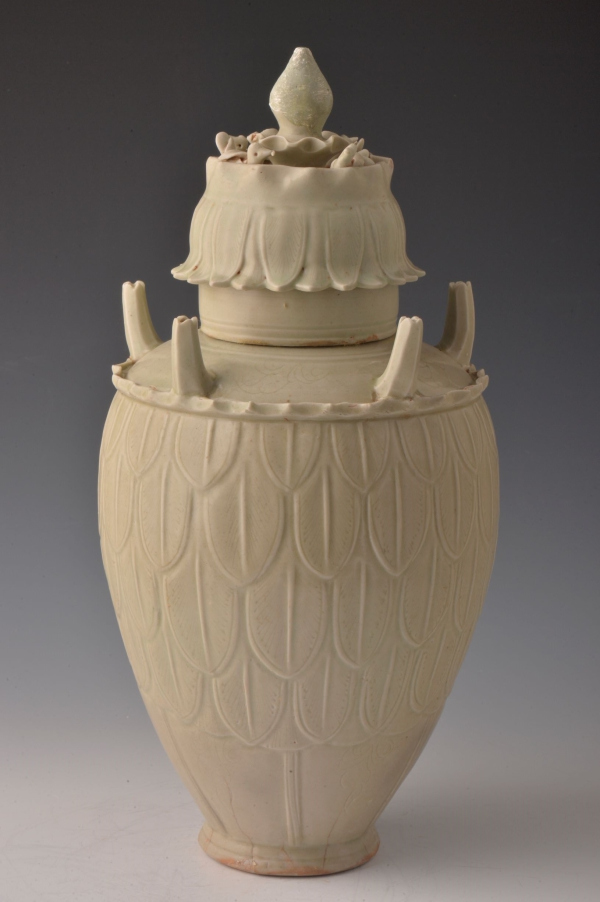
北宋龙泉窑青瓷五管盖瓶(龙泉青瓷博物馆藏)
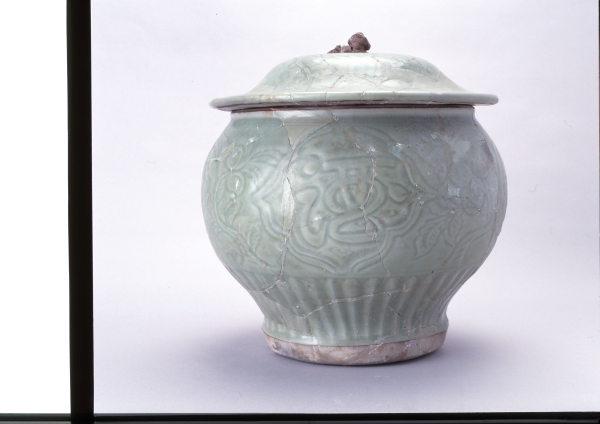
龙泉窑青瓷“清沽美酒”盖罐 (冲绳县立埋藏文化财中心)
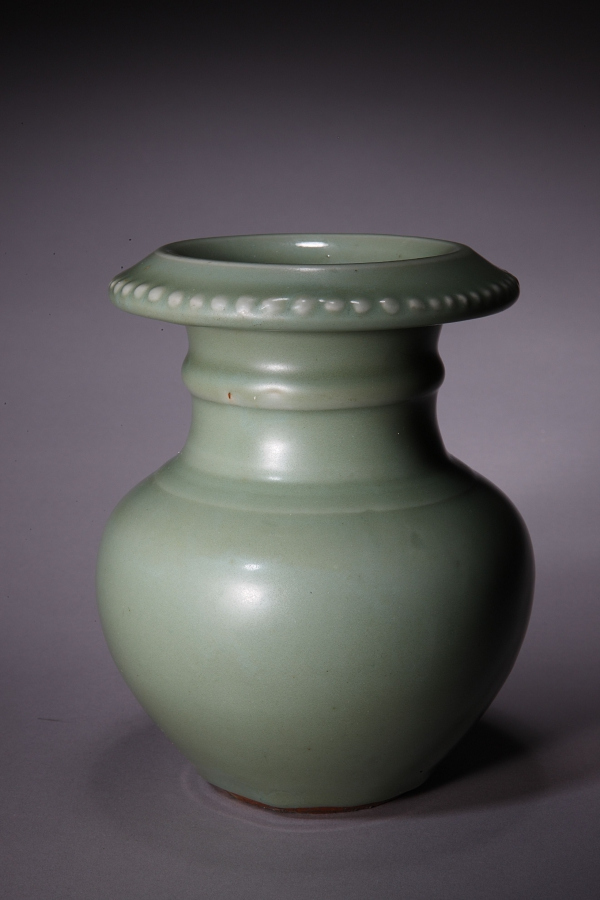
明龙泉窑青瓷石榴尊 (故宫博物院)
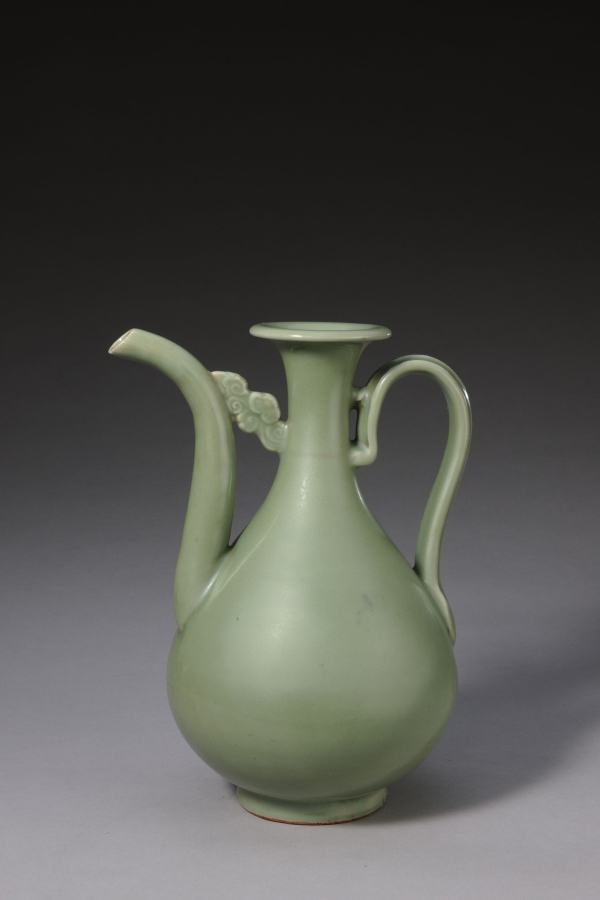
明龙泉窑青瓷执壶 (故宫博物院)
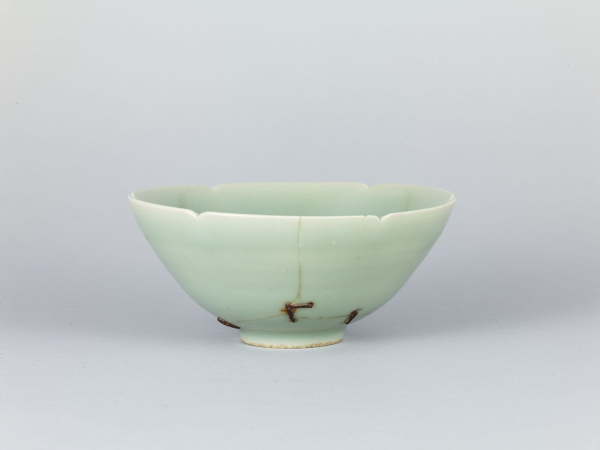
南宋龙泉窑青瓷“马蝗绊”碗 (东京国立博物馆)

南宋龙泉窑青瓷鬲炉 (四川宋瓷博物馆)
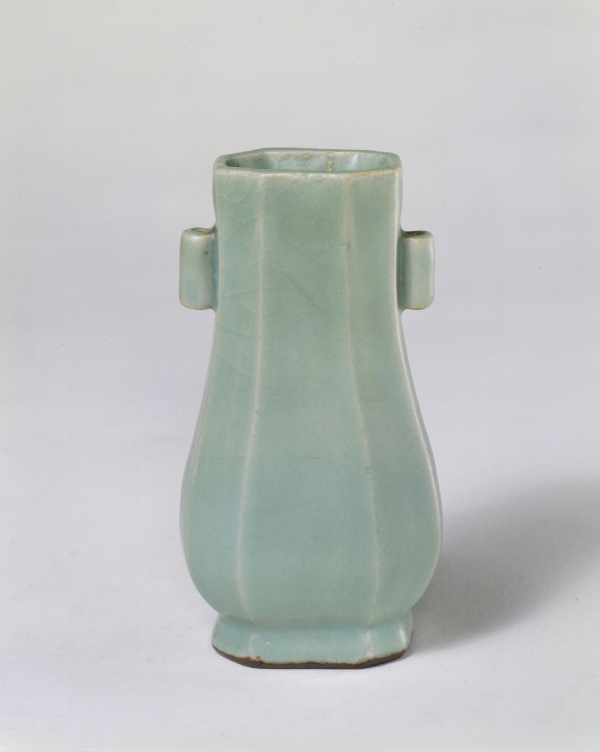
南宋龙泉窑青瓷贯耳八方折角瓶 (故宫博物院)
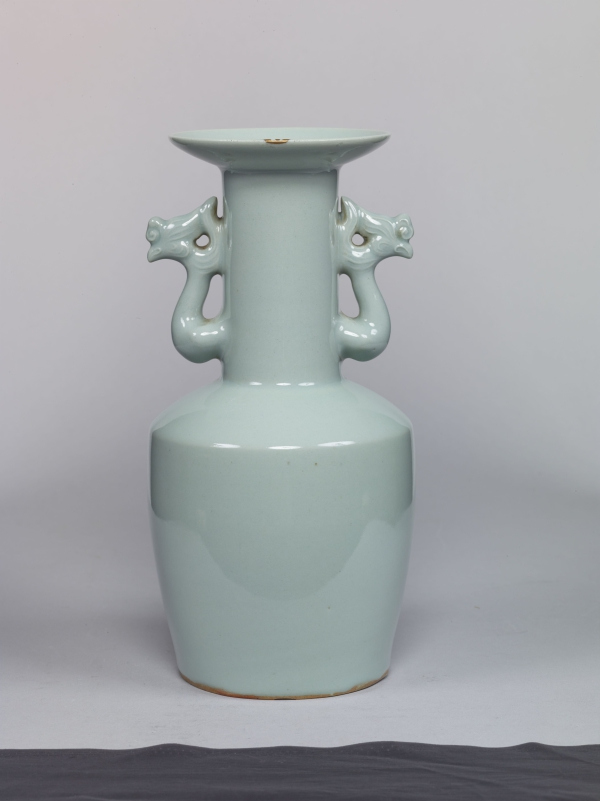
日本大正三年青瓷凤凰耳瓶 (东京国立博物馆)
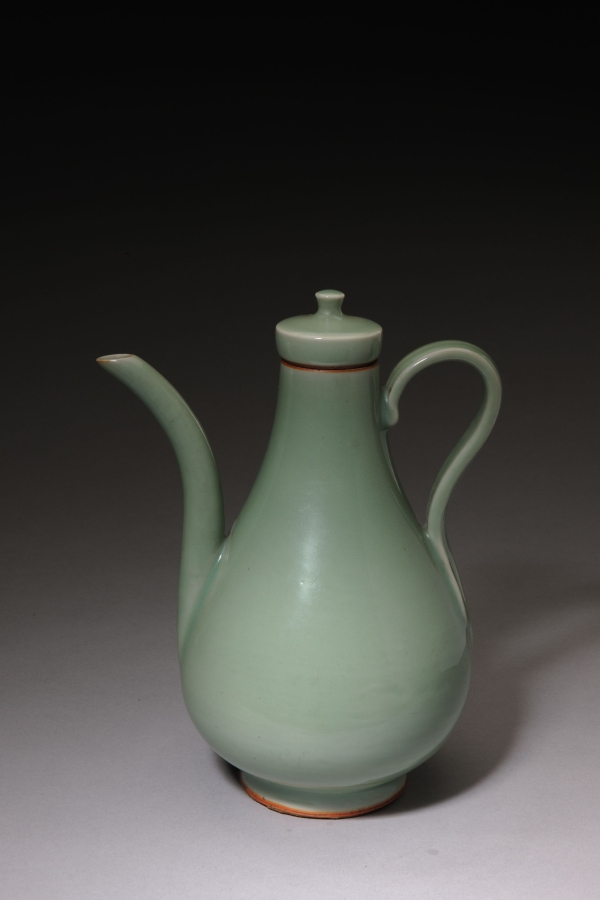
元龙泉窑青瓷带盖执壶 (故宫博物院)

元龙泉窑青瓷荷叶盖罐 (故宫博物院)
July 15, 2019 saw the unveiling of , an exhibition jointly sponsored by the Palace Museum, Zhejiang Museum and Lishui Municipal People’s Government, at the Palace Museum in Beijing. Altogether, the 833 pieces (sets) of Longquan celadon from 42 institutions at home and abroad highlight the glamour and grace of the porcelain made in the south of Zhejiang. Some exhibits are loaned from major museums in Iran and Japan.
The exhibition went on at the Palace Museum until October 20, 2019. The celadon pieces are now on display at Zhejiang Museum until February 16, 2020.
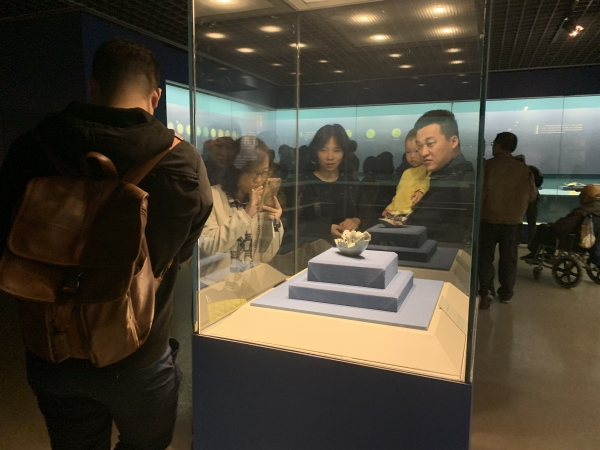
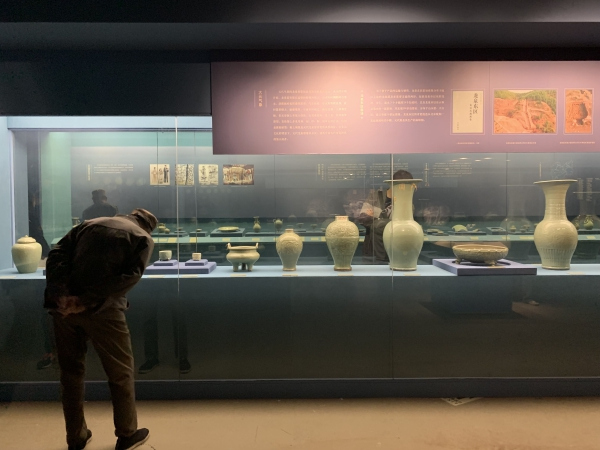
The exhibition at Zhejiang Museum is smaller than the one at the Palace Museum in Beijing. Now on display are 513 pieces (sets) of Longquan celadon from 42 institutions at home and abroad. The province has never exhibited so many celadon pieces from China and the rest of the world before. Some exhibits are from national museums of the United Kingdom, Japan, the Republic of Korea, Iran, United Arab Emirates, and India.
The exhibition reflects the results of celadon studies over the past decade on the part of experts of both Zhejiang museum in Hangzhou and the Palace Museum in Beijing.
The term “Longquan celadon” is a concept that came afterwards and has kept evolving. It refers to celadon produced during the Song, the Yuan and the Ming, a period spanning the 10th century to the 17th century, in Longquan and neighboring regions. Celadon products produced in similar styles in other regions and even overseas are also recognized as celadon.
In the Five Dynasty that existed essentially in the first six decades of the 10th century as well as in the early phase of the Northern Song (960-1127), celadon made in Longquan resembled the porcelain products made in the Yue Kiln in central and eastern Zhejiang. In the middle or later period of the Northern Song, the porcelain products made in Longquan began to establish a distinct style, adopting a different green color and presenting some special designs.
In the Southern Song (1127-1279) which was housed in present-day Hangzhou, economy boomed in the south of the country, the porcelain making industry engaged more and more in exporting the goods to overseas markets.
The celadon became popular for a number of reasons. As the Southern Song was largely based in present-day Zhejiang, porcelain making in Longquan was largely influenced by elite people. Celadon absorbed and reflected the literati aesthetics and responded to the requirements of the imperial house and noble people of the dynasty. So Longquan celadon became what it is today: presenting a style of elegance, restraint, sophistication, erudition.
After the Yuan reunited China and brought a large part of the Eurasian continent under control, porcelain products from Longquan were exported to overseas markets. Production in Longquan expanded. Some high-quality kilns emerged. Kilns in Longquan not only produced porcelain pieces for the imperial sacrificial ceremonies but also produced finest porcelain products for the imperial house of the Yuan and other royal Khan families, as testified by archaeological finds of modern days. , compiled officially by scholars in the early years of the Ming (1368-1644), records that the court issued an order to Jiang-Zhe province to make porcelain for the royal house.
Kilns in Longquan saw their most glorious days in the Ming Dynasty. According to history, kilns in Longquan began to make celadon pieces for the royal house of the Ming in 1393. High-ranking officials from the Forbidden City were sent to supervise celadon production in Longquan. It was not until 1464 that Longquan ceased making porcelains for the royal house.
The self-imposed ban of export in the middle of the Ming Dynasty dealt a dead blow to the celadon making industry in Longquan. The industry declined fast. In the last decades of the Ming and the early decades of the Qing, Longquan had only a small number of kilns still in operation. The quantity and quality of the porcelain pieces produced there were much inferior to those of the past heyday.
In 1957, the renaissance of Longquan celadon began as the central government issued an important policy to restore production of famed traditional kilns. New masters have long since emerged, producing quality celadon pieces as had never seen before and young masters are carrying on the historical mission.
